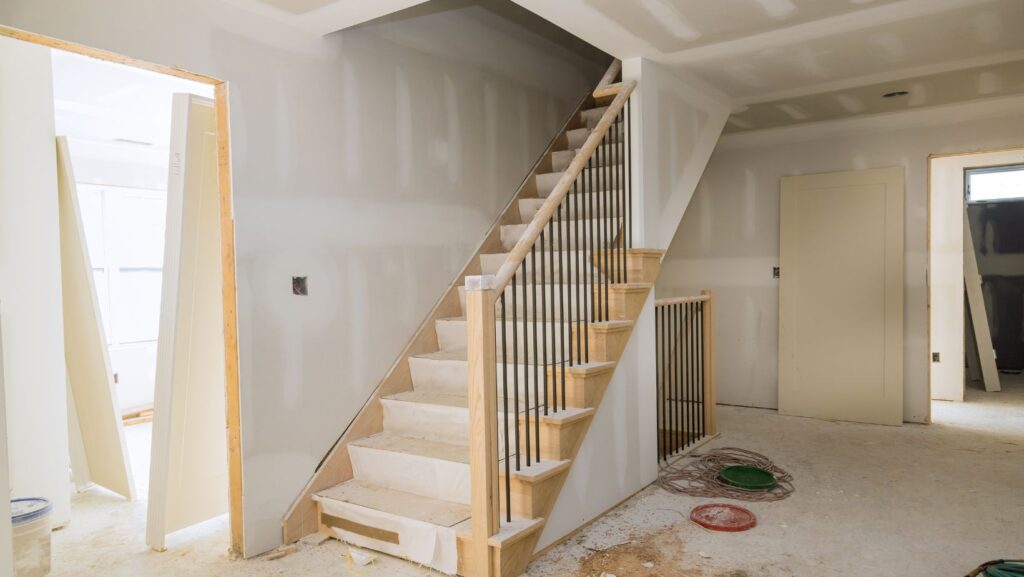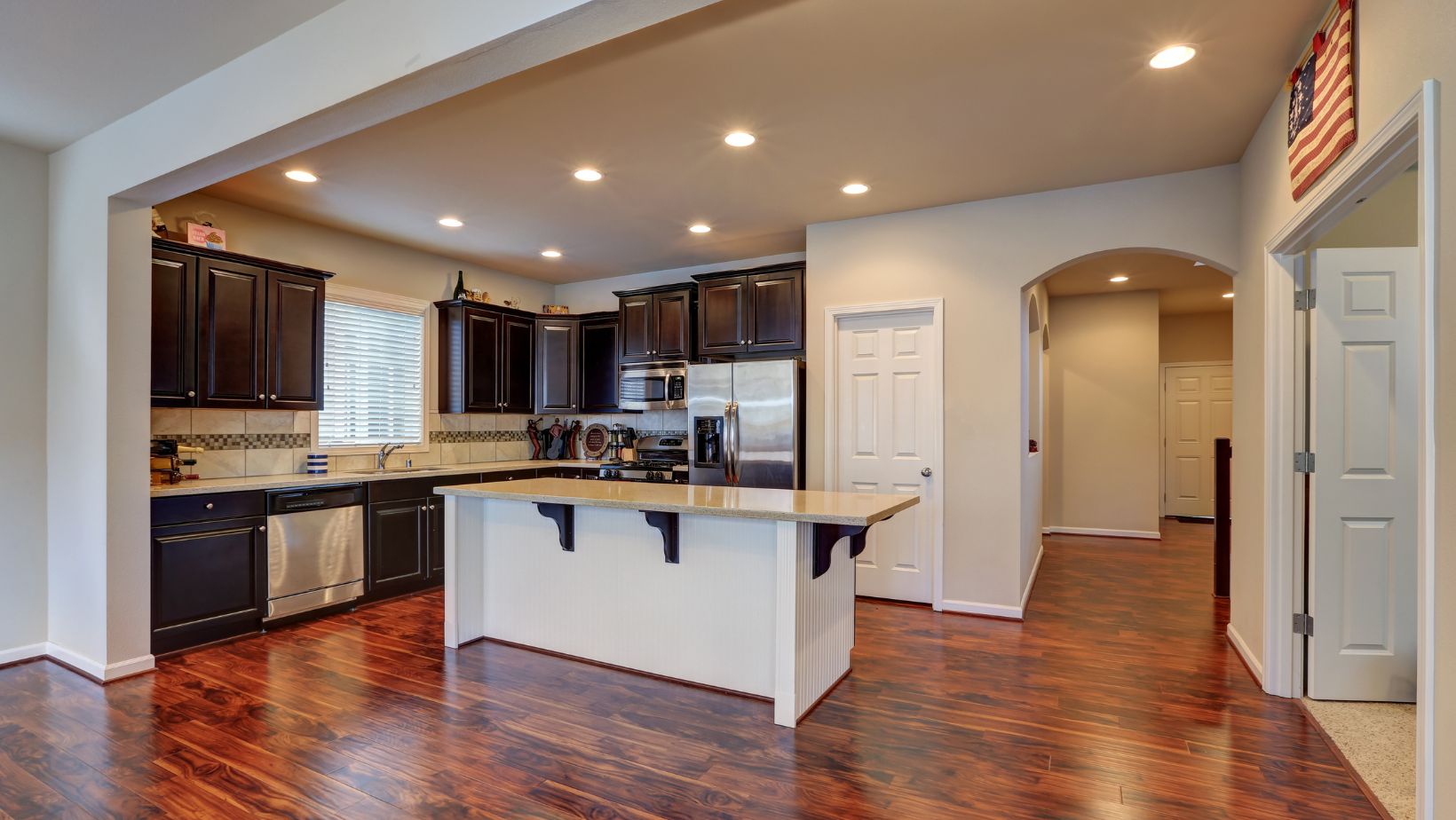
Let’s face it, renovating your home can be a daunting and stressful task. For most families, it’s also one of the biggest investments they make. When our clients first start thinking about renovating their whole house, or remodelling certain rooms, like bathrooms and kitchen, they’re shocked by the price once they start laying out their plan and getting quotes. Costs add up quickly and can get out of hand fast. From our first-hand experience, our number one piece of advice is to be prepared for the unexpected! You never know what you unearth once you start digging up the floor and tearing down walls! Our team of demolition contractors in Madison, WI have rounded up 5 tips to help you save money on your home renovation.
Sticking To Cosmetic Upgrades Vs. Structural Changes.
Cosmetic changes refer to upgrades that don’t affect the underlying building structure. Minimal effort is required to change the aesthetics of a room. For example, light cosmetic work includes painting the wall, adding wallpaper, and trading old lighting fixtures for new. Many of these tasks can even be done as a DIY project if you’re a handy person, saving significant money. These changes are the most bang for your buck when you’re looking for cost effective ways to breathe new life into a space. There are also cosmetic changes that can be made with the help of a skilled professional. For example, replacing the cabinets, replacing showers and bathtubs, retiling backsplash and walls, changing counter materials, and redoing the flooring materials. Having the right technician, like a carpenter, plumber, or electrician, to help on these projects will save you time, stress, and you can lean on their expertise. Having the right demo company for select interior demolition is extremely important so that vital building elements like plumbing and electrical aren’t accidentally torn down during your gut remodel. A renovation that sticks to cosmetic changes is much cheaper than one that includes structural changes. Structural work includes alterations that effect the bones of your property and change the overall layout. For example, removing walls (keep in mind removing a load bearing wall can be extremely costly), relocating plumbing and electrical, and adding or removing windows and doors. Depending on your local city’s ordinances, it is most likely that you’ll need a building permit to make these modifications. It’s also important to know that getting a building permit can add months to your project timeline.
Schedule During The Slow Season
Each trade and location have different peak and slow seasons, but for the most part, summer (May – September) is busy for contractors and the holidays between Thanksgiving and Christmas are less booked up. Here in Madison, our winters are cold (we get lots of snow!) and with the shorter daylight hours November – January we often have fewer projects going on. During that period, we’re more likely to offer discounts for our demolition services making it a great time to work on renovations outside of your house like garage removal.
Bring Your Contractor In Early
Your contractor is a wealth of knowledge and can help you plan what’s realistically possible to achieve to stay within budget.

They can also make suggestions and hook you up with vendors and subcontractors for preferential pricing. Of course, make sure you have an extra 15% of funds available in your budget for contingency. It’s a very high likelihood you’re going to need it!
Keep You Plumbing Where It Is
Moving plumbing fixtures like pipes, your bathtub or shower, sinks, and toilet in the bathroom and pipes, faucets, sinks and dishwashers in your kitchen can quickly add up. If you can work around the existing location and swap out the hardware, you’ll save yourself a pretty penny. Less invasive upgrades like picking our new tiles for your backsplash, regrouting tiles, or bringing in accent colors and materials can help you have the “brand new” feel without the price tag of completely redoing the layout.
Get Permits
Many homeowners skip this step and jump right into their renovations.

Unfortunately, it’s an unwelcome surprise when you find out that your upgrades don’t meet current building codes. It’s extremely costly to go back and redo the work you just spend materials and labor costs on to ensure that it meets your local regulatory requirements. The right contractor will help you avoid this pitfall.
Now that you’re armed with this knowledge, it’s time to get started on your home renovation!










